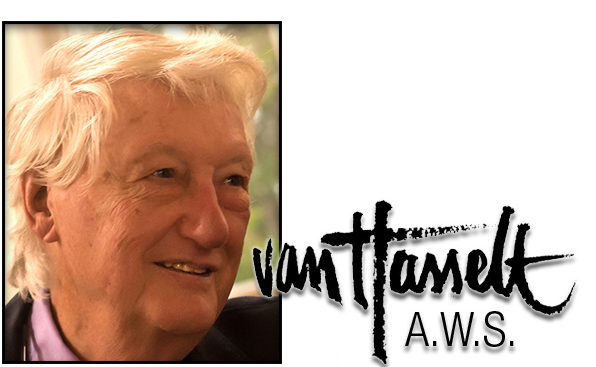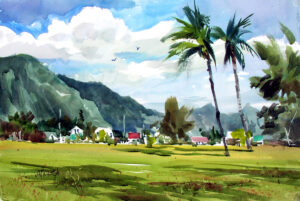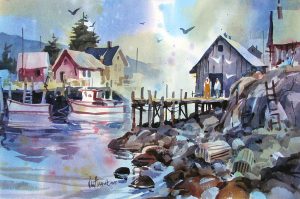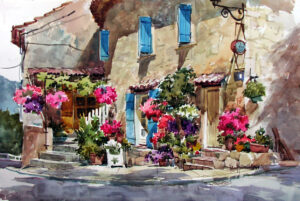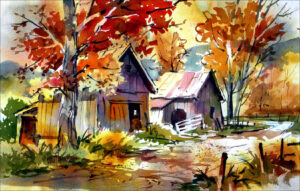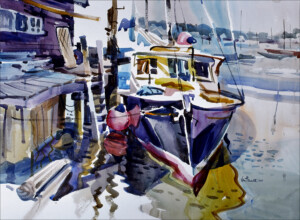The Family Business: Marianne van Hasselt
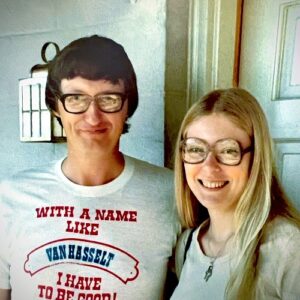
Father and daughter Tony and Marianne van Hasselt sporting fashionable 1980’s eyewear.
My sister, Marianne van Hasselt, had the good fortune to travel with my father during a gap year between high school and art school. I say “good fortune” somewhat facetiously; as is usually the case with family-run businesses, everyone gets roped into “volunteering” free labor. At the time, my father’s workshops were doing quite well. And he always appreciated having a “gopher” around to help with class preparations, making coffee, or whatever else needed to be done. For better or worse, my sis had that job title or something like it.
My sister recalls, “One of my earliest memories is working my first job in the family business: licking stamps and folding brochures and making it look like an adult or a machine had done it, with precision.” My father had an eye for professionalism, even though he usually lacked the money to pay for it, and my sister and I were cheap labor. Of course, he was our father, so he would encourage us to have some fun. Marianne says, “[We’d] make it fun by racing to see how many brochures you can get folded!” As the speed increased, the quality went down, and our substandard work would not go unnoticed. Here are some thoughts and reminiscences from the many lessons learned from our father, in her own words. — Chris
We were taught from an early age as we drove around in the car. We were made aware of the colors and shapes around us. Bad logos that were impossible to read, colors too close to the same value as it made it impossible to clearly understand what you’re looking at, shapes that look like other shapes, and of course, this evolved into the Building Blocks.
